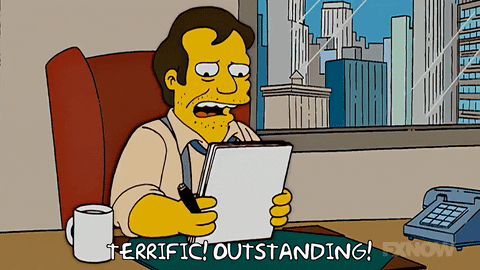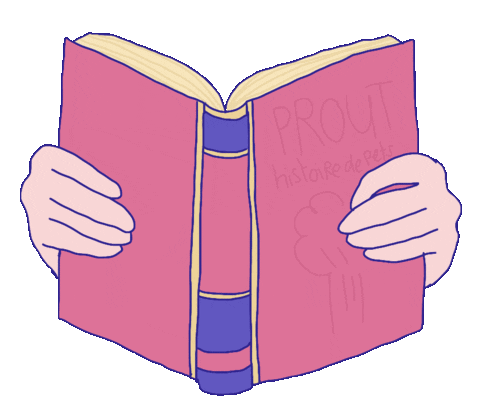As a writer, one of the most important skills you can develop is the ability to craft an effective query letter.
Whether you’re seeking representation from a literary agent or trying to capture the attention of an editor, a well-written query letter can be the key to opening doors in the publishing industry.
In this comprehensive guide, we will take you through the process of creating a query letter that stands out, grabs attention, and increases your chances of success.
Understanding the Purpose of a Query Letter
Before diving into the specifics of crafting a query letter, it’s essential to understand its purpose.
A query letter serves as a formal introduction to your work, a way to pique the interest of agents or editors, and ultimately, a tool to secure representation or publication.
It should entice the recipient to request your manuscript or proposal, showcasing your writing skills and highlighting the unique aspects of your project.
Researching Your Target Agents or Editors
Before writing your query letter, it’s crucial to research the agents or editors you plan to target.
Take the time to familiarize yourself with their preferences, genres they represent, and recent projects they’ve worked on.
This information will help you tailor your query letter to their specific interests and increase your chances of making a favorable impression.
Structuring Your Query Letter
An effective query letter follows a specific structure that includes the following elements:
- Opening: Begin your query letter with a personalized greeting, addressing the agent or editor by name. This demonstrates your professionalism and attention to detail.
- Hook: Grab the reader’s attention from the start with a compelling hook. This can be a brief summary of your project, an intriguing question, or a strong opening sentence that sets the tone for your work.
- Synopsis: Provide a concise and engaging summary of your manuscript or proposal. Highlight the main plot points, central conflict, and unique aspects that make your project stand out. Keep it concise and focused, aiming for a paragraph or two.
- Author Bio: Briefly introduce yourself as a writer, mentioning any relevant writing credits, awards, or expertise. Keep this section concise but impactful, emphasizing why you are uniquely qualified to write this particular work.
- Market Analysis: Demonstrate your understanding of the market and your target audience. Explain how your project fits into the current literary landscape, mentioning comparable books or authors to give the agent or editor a sense of where your work belongs.
- Closing: Thank the recipient for their time and consideration, and invite them to request your manuscript or proposal. Provide your contact information and any additional materials they may need, such as a sample chapter or a full outline.
Crafting Your Query Letter with Precision
Now that we’ve covered the essential elements, let’s dive deeper into each section to help you craft a query letter with precision.
1. Opening
- Use a personalized greeting, addressing the agent or editor by name. Double-check the spelling and make sure you have the correct contact information.
2. Hook
- Create a hook that grabs attention and reflects the tone or theme of your work.
- Avoid clichés and generic statements. Aim for something unique and intriguing.
3. Synopsis
- Keep your synopsis concise and focused. Highlight the key elements of your story without revealing all the details or the ending.
- Use active and descriptive language to convey the essence of your work.
4. Author Bio
- Mention any relevant writing credits, awards, or professional affiliations that add credibility to your work.
- Emphasize any unique experiences or expertise that make you the perfect author for this project.
5. Market Analysis
- Show that you’ve done your homework and understand the market for your work. Here are some tips for this section:
- Research similar books or authors in your genre and mention them as points of comparison.
- Highlight any unique or timely aspects of your work that make it relevant and marketable.
- Demonstrate your understanding of your target audience and how your project meets their needs or fills a gap in the market.
6. Closing
- Express gratitude for the agent’s or editor’s time and consideration.
- Politely invite them to request your manuscript or proposal.
- Provide your contact information, including your email address and phone number.
- If applicable, mention any additional materials you are including, such as a sample chapter or a complete outline.
Polishing Your Query Letter
Once you have drafted your query letter, it’s crucial to polish and refine it before sending it out. Here are some final tips to make it shine:
- Proofread meticulously for grammar, spelling, and punctuation errors. A polished query letter demonstrates your professionalism and attention to detail.
- Keep the tone of your query letter professional but also let your unique voice and style shine through.
- Make your letter concise and to the point. Agents and editors receive numerous query letters, so keep it within one page.
- Consider seeking feedback from fellow writers or joining critique groups to get valuable insights and suggestions for improvement.
Submitting Your Query Letter
When it comes to submitting your query letter, follow these guidelines:
- Research each agent or editor’s submission guidelines and adhere to them meticulously. Failure to do so may result in your query being rejected without consideration.
- Personalize each query letter according to the recipient’s specific preferences and requirements.
- Keep track of your submissions, including dates, agents or editors contacted, and any responses or requests for further materials.
- Be patient. The publishing industry operates on its own timeline, and it may take several weeks or even months to receive a response.
Conclusion
Crafting a well-written query letter is a crucial step in your journey to publication.
By following the guidelines outlined in this complete guide, you can create a query letter that captures the attention of agents and editors, increasing your chances of securing representation or publication.
Remember, a successful query letter is a combination of research, precision, and a compelling pitch that showcases your unique voice and talent. Good luck on your writing journey!








